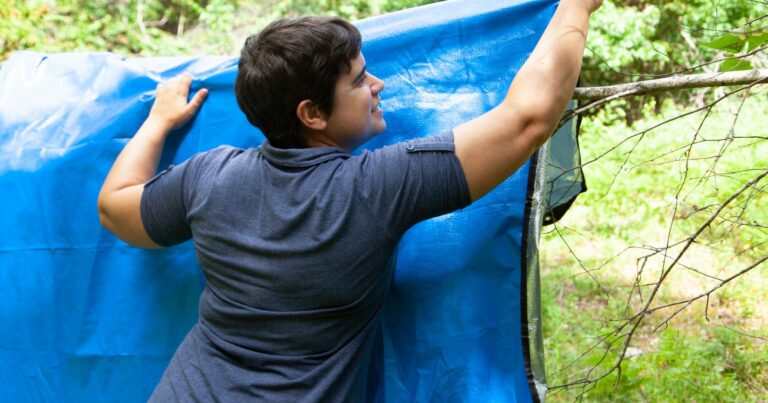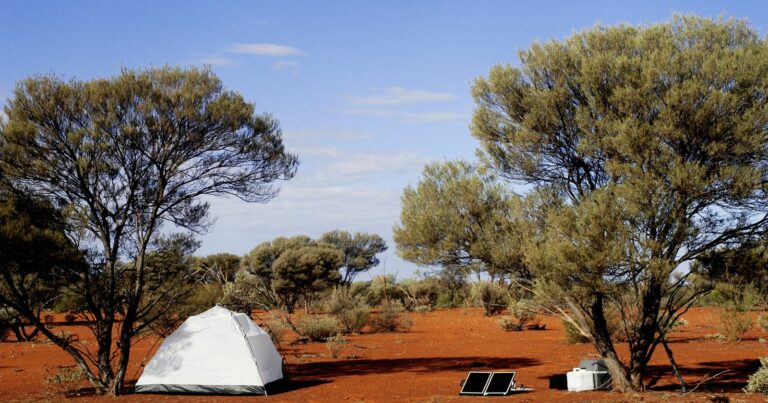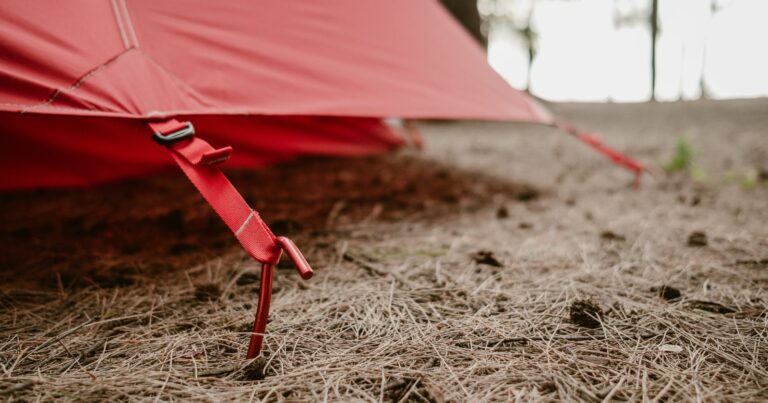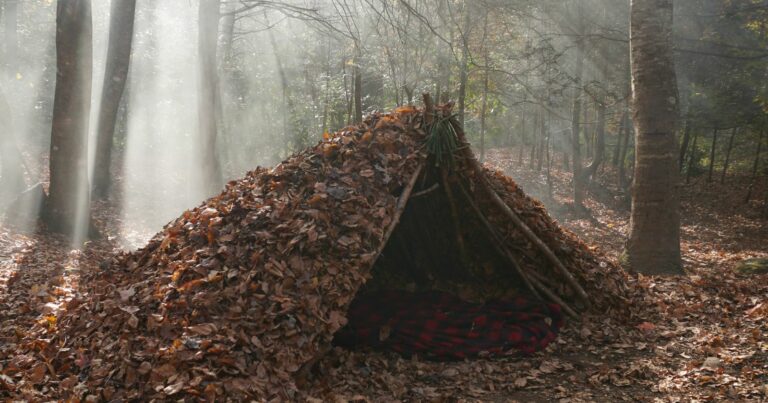How to Find Fertile Lands in the Forest
Venturing into the woods to find perfect spots bursting with resources? You’re not alone. Foraging fanatics everywhere love seeking out the most fertile lands within forests. But wandering aimlessly rarely reveals prime areas. With the right strategies, you can pinpoint prosperous wooded lands to meet all your foraging needs.
In this post, I’ll walk you through smart steps for locating the most plentiful forest lands. You’ll discover how to identify signs of fertility, like flat spaces near water and dense with plant and animal life. I’ll also share tips for researching promising zones online and tapping into local knowledge.
Follow my guidelines and you’ll uncover lush forest jackpots every time. Whether searching for berry patches, mushroom meccas, or nature’s veggie gardens, fertile areas await. Why return from the woods empty-handed? With a bit of knowledge, your bags will overflow with natural goodies harvested from the forest’s secret fertile pockets.
So read on to set out prepared, spot the indicators, and strike forest gold. The next time you traipse among the trees, you’ll discover lands bursting with natural abundance.
Research Recommended Areas Online
Before heading out, do some online research to identify promising zones:
- Check forums and groups: Foraging and outdoors communities often share tips on prime forest spots.
- Browse location wikis: Wikis like WanderWisdom detail foraging potential for specific forests.
- Watch area YouTube videos: Those who explored before you may call out fertile lands in vlogs.
- Review forest service sites: Official sites provide overview maps and data to narrow your search.
With a bit of upfront research, you can narrow your search area and save time once on the trail.
Look for Flat, Open Spaces
When exploring a forest, keep an eye out for these features:
- Grassy clearings: Open meadows within forests offer plentiful growth.
- Gentle slopes: Flat or gently sloping lands hold fertile soil. Avoid rocky, steep areas.
- Sunny patches: Fruit-bearing plants and herbs favor sun-soaked spots.
- Sparse trees: Less canopy coverage means more sunlight for plants.
Scope out flat, open spaces as you traverse wooded areas. Fertile lands await in sunny pockets.
Check Nearby Water Sources
Stay alert for waterways as you journey through the woods:
- Rivers and streams: Low, flood-prone river banks have nutrient-rich soil.
- Ponds and lakes: Areas surrounding calm waters often flourish with life.
- Wetlands: Marshes and bogs fed by groundwater abound with edible plants.
- Seasonal washouts: Low areas that collect rainfall foster plant growth.
Where there is water, there is fertility. Search lands along the water’s edge to find an oasis of edible plants.
Look for Signs of Animal Life
Animals flock to areas of natural bounty. Watch for:
- Game trails: Follow deer tracks and trails to the plants they feed on.
- Bird flocks: Berry bushes attract birds, as do seed-bearing flowers.
- Insect buzzing: Bees signal flower and fruit growth nearby.
- Burrows: Rabbits and woodchucks burrow where plant foods are abundant.
Heavily trafficked areas show where animals forage most, highlighting fertile zones.
Ask Locals About Known Areas
People familiar with the woods can share local knowledge:
- Question park rangers: Rangers know a forest’s high-yield areas and may advise on current conditions.
- Inquire at bait shops: Anglers frequent riverside berry patches and vegetable spots.
- Talk to hikers: Regular hikers observe seasonal changes and document prime areas.
- Consult hunters: Hunting groups know forests’ patterns of animal and plant growth.
Those familiar with the lands can provide leads to pinpoint the best hidden fertile pockets.
Look for Target Foraging Plants
To zero in on fertile lands, watch for indicator plants:
- Berry bushes: Blackberries, blueberries, raspberries signal rich soil.
- Mushroom varieties: Morels, oyster, chanterelle mushrooms thrive in damp, fertile lands.
- Herbaceous plants: Fertile ground fosters herbs like mint, parsley, chamomile.
- Wild vegetables: Seek asparagus, lamb’s quarters, purslane, garlic mustard.
Spotting your target foraging foods helps confirm you’ve found bountiful land worth harvesting.
Remember to Tread Lightly
When foraging in forests:
- Stick to designated paths: Avoid trampling fragile off-trail ecosystems.
- Take only what you need: Harvest modestly and spread foraging across wide areas.
- Do not uproot plants: Picking berries and flowers leaves the plant intact.
- Follow all regulations: Abide by seasonal restrictions and permit requirements.
- Pack out all trash: Leave no trace of your passing for minimal impact.
Practice sustainable harvesting to preserve the health of forest lands for generations to come.
Finding nature’s hidden bounty takes knowledge, preparation, and keen senses. By identifying signs pointing to fertile lands and asking informed locals, forests reveal their secret abundance. Follow this guide and soon you’ll overflow with wild edible goodies harvested sustainably from the woods’ richest lands.







